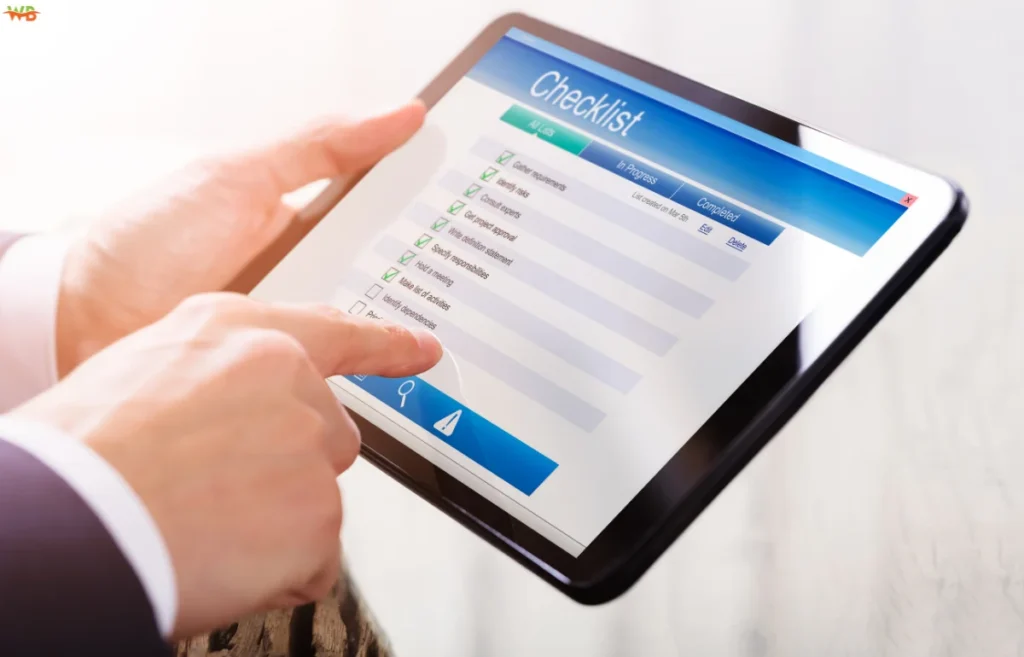
When it comes to accessing your Social Relief of Distress (SRD) grant, one of the most important steps is performing an SRD Status Check. This process helps you track the progress of your application and determine whether you’ve been approved, declined, or need to take further action. In this article, we’ll walk you through everything you need to know about how to perform an SRD Status Check and how to navigate the system for better results.
What is SRD Status Check?
Before we dive into the steps of the SRD Status Check, let’s clarify what SRD stands for. The Social Relief of Distress (SRD) grant is a government initiative aimed at providing financial assistance to individuals in need. These grants are designed to help citizens who are facing hardships due to circumstances like unemployment, disability, or other emergency situations.
An SRD Status Check allows applicants to monitor their application’s progress. By performing this check, you can see if your application has been received, whether you qualify for the grant, and if there are any updates on payment dates or requirements.
Why is SRD Status Check Important?
The SRD Status Check is an essential tool for ensuring that your application is on track and being processed efficiently. It offers the following benefits:
- Real-Time Updates: The check provides you with instant information about your application’s status, helping you stay informed.
- Quick Identification of Issues: If there’s an issue with your application (e.g., missing documentation), you can quickly address it.
- Reduced Waiting Time: By monitoring the status, you can avoid unnecessary waiting by staying proactive in addressing any issues.
By performing an SRD Status Check, you will have full control and awareness of the process.
How to Perform an SRD Status Check: Step-by-Step Guide
Now that we’ve established the importance of checking your SRD status, let’s walk you through how to do it step-by-step. It’s a simple process, and following this guide will ensure you complete it with ease.
Step 1: Gather Your Personal Information
Before starting the SRD Status Check, make sure you have the necessary details at hand. You’ll need:
- Your ID number: This is a unique identifier for you in the system.
- Your contact details: Including your cellphone number or email contact.
- Application reference number (if applicable): Some applicants receive a reference number during the application process.
Having all this information prepared will help speed up the process and prevent errors.
Step 2: Visit the Official SRD Website
The official government platform is the best place to perform the SRD Status Check. Make sure you’re on the correct site to avoid scams or fraudulent websites.
- Go to the official website for SRD grants, typically provided by the government.
- Look for a tab or section labeled “Check SRD Status” or something similar.
Step 3: Enter Your Personal Information
Once you’re on the SRD Status Check page, you’ll be asked to input your personal information. This typically includes your:
- Identity number (ID)
- Mobile number (or email)
- Application reference number (if you were given one)
Make sure to enter the information accurately, as any discrepancies can lead to errors in your status check.
Step 4: Submit the Information
Input your information and confirm by clicking on ‘Submit’ to view your results. The system will process your request and provide you with an update about your SRD application status.
- Approved: If you see an approval message, it means you are eligible for the SRD grant.
- Pending: When your status is marked as ‘Pending,’ it implies that the processing of your application is not complete yet.
- Rejected: If your application is rejected, there will be a reason provided for the denial.
Step 5: Review the Status and Take Action (If Needed)
Based on the result of your SRD Status Check, you may need to take additional steps. If you’re approved, ensure you follow the instructions on how to receive your payment. If your application is pending or rejected, the website will likely provide steps on how to appeal or provide additional documentation to support your claim.
How to Respond to a Pending SRD Status Notification
If you find that your SRD Status Check shows that your application is still pending, don’t panic. This could be due to several reasons such as high application volumes, missing information, or delayed processing times.
Here’s what you can do:
- Wait for updates: Processing times can vary depending on the workload of the processing center. Keep checking your status every few days.
- Ensure your details are correct: If there’s any mistake in the information you provided, correct it as soon as possible.
- Reach out for assistance: If you believe there’s an error, contact the support center for clarification.
What to Do If Your SRD Status is Rejected?
If your SRD application is rejected, it’s important to find out why. You should see a reason listed on the status page, which can include:
- Missing or incorrect documentation
- Failing to meet the eligibility criteria
- Duplicate applications
If the reason is something you can rectify, such as submitting missing documents, you can usually appeal or reapply. Make sure to follow the instructions carefully to avoid further delays.
Key Things to Remember About SRD Status Check
- Use the official platform: Always check your SRD status on the government’s official website to avoid scams or phishing attempts.
- Stay updated: Regularly check your SRD status to stay informed about the status of your application.
- Be patient: Processing times may vary, so allow time for your application to be reviewed.
The Benefits of SRD Status Check
By regularly performing the SRD Status Check, you’ll be able to stay ahead of the game and avoid unnecessary delays in receiving your grant.
- Faster issue resolution: If something is wrong with your application, you can address it quickly.
- Increased transparency: You’ll have real-time information about the status of your application.
- Peace of mind: Knowing the status of your application will help reduce anxiety and frustration.
Conclusion: Take Control of Your SRD Application Process
The SRD Status Check is an essential tool for anyone applying for the Social Relief of Distress grant. It not only keeps you informed about your application’s progress, but it also empowers you to take action quickly if anything goes wrong.
Performing the SRD Status Check is simple and straightforward, but it’s important to follow the correct steps to ensure you receive accurate information. By using this guide and regularly checking your status, you can stay proactive in managing your SRD application.
If you haven’t already, go ahead and check your SRD status today and ensure that you’re on track to receive your much-needed financial support.
FAQs
1. How can I track the progress of my application?
- You can track your application’s progress by using the official government platform where you submitted your application. The platform provides real-time updates regarding approval, payment schedules, or pending status.
2. What should I do if my application is rejected?
- If your application is rejected, the reason will usually be provided. In most cases, you can reapply or appeal the decision if there are issues with documentation or eligibility. Ensure you address the cause of rejection before submitting again.
3. What is the typical waiting period before I get a response to my application?
- The evaluation period for applications may lengthen when there’s a high influx of applicants. Generally, you should allow a few weeks for your application to be reviewed. Stay patient, and check regularly for updates.
4. Can I make changes to my application after submission?
- Once your application is submitted, changes may not be possible through the portal. However, if there is an error, contact the support center for assistance. They can guide you on any potential steps to update your details.
5. What if I don’t receive any updates after a long time?
- If you don’t receive updates after a considerable period, it’s important to check the official platform regularly. If your status remains unchanged, consider reaching out to customer support for clarification or additional information.

Ton Roobprom is an experienced writer focused on practical advice across technology, business, travel, beauty, lifestyle, and home improvements. He specializes in distilling complex subjects into clear, actionable insights to help you enhance your daily life.
Discover more from Wellbeing Junction
Subscribe to get the latest posts sent to your email.

